DIY Cards

Lamiaceae Satureja darwinii
Lamiaceae Satureja darwinii


DARWIN DECK BETA | 2 POINTS
• Beunos Aires to Port Famine
Cool, Warm
Graphic by Admiral Ackbar
Satureja is a genus of aromatic plants of the family Lamiaceae, related to rosemary and thyme. There are about 30species called savories, of which summer savory and winter savory are the most important in cultivation.[citation needed] Satureja species are native to warm temperate regions and may be annual or perennial. They are low-growing herbsand subshrubs, reaching heights of 15–50 cm. The leaves are 1 to 3 cm long, with flowers forming in whorls on the stem, white to pale pink-violet. Satureja species are food […] read more

Megatherium
Megatherium americanum

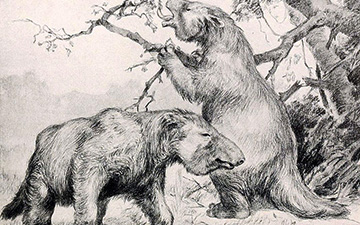
DARWIN DECK BETA | 4 POINTS
• Megatherium americanum is EXTINCT and has a MOVE of 1
• Beunos Aires to Port Famine
Cool, Warm
Graphic by Admiral Ackbar
Megatherium (from the Greek mega [μέγας], meaning “great”, and therion [θηρίον], “beast”) was a genus of elephant-sized ground sloths endemic to Central and South America that lived from the late Pliocene through the end of thePleistocene.[1] Its size was exceeded by only a few other land mammals, including mammoths and Paraceratherium. Megatherium was one of the largest land mammals known, weighing up to 4 tonnes [2]and up to 6 m (20 ft) in length from head to tail.[3] It is the largest known ground sloth, […] read more

Galapagos Hawk
Buteo galapagoensis

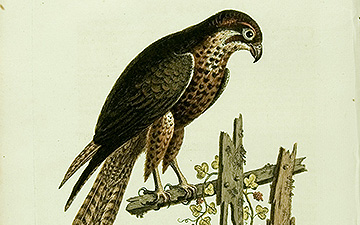
DARWIN DECK BETA | 6 POINTS
• Buteo galapagoensis has a FLIGHT of 2
• Galapagos to Auckland
Cool, Warm
Graphic by Admiral Ackbar
The Galapagos Hawk (Buteo galapagoensis) is a large hawk endemic to the Galapagos Islands. Similar in size to the Red-tailed Hawk (Buteo jamaicensis) and the Swainson’s Hawk(Buteo swainsoni) of North America, the Galapagos Hawk is about 55 cm from beak to tail with a wingspan of 120 cm. The adult Hawk has various colouring within the species. The adult Galapagos Hawk is generally a sooty brownish […] read more

Marine iguana
Amblyrhynchus cristatus

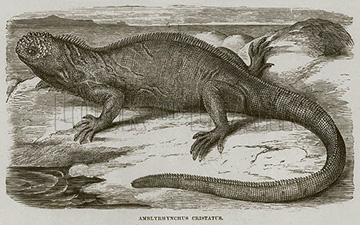
DARWIN DECK BETA | 4 POINTS
• Amblyrhynchus cristatus has a MOVE of 2
• Galapagos to Auckland
Cool, Warm
Graphic by David Ng
The marine iguana (Amblyrhynchus cristatus) is an iguana found only on the Galápagos Islands that has the ability, unique among modern lizards, to live and forage in the sea, making it a marine reptile. The iguana can dive over 9 m (30 ft) into the water. It has spread to all the islands in the archipelago, and is sometimes called the Galápagos marine iguana. It mainly lives on […] read more

Darwin’s fox
Lycalopex fulvipes

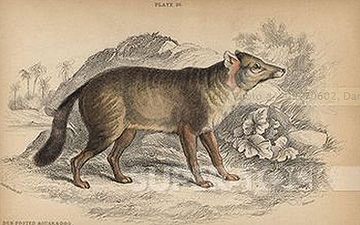
DARWIN DECK BETA | 4 POINTS
• Lycalopex fulvipes has a MOVE of 2
• Chiloe to Callao
Cool, Warm
Graphic by Admiral Ackbar
Darwin’s fox or Darwin’s Zorro (Lycalopex fulvipes) is a small critically endangered canine from the genus Lycalopex. It is also known as the Zorro Chilote or Zorro de Darwin[2] in Spanish and lives on Chiloé Island and Nahuelbuta National Park in mainland Chile (Araucanía Region). Darwin’s fox was first collected from San Pedro Island off the coast of Chile by the naturalist Charles Darwin in 1834. It was long held that Darwin’s fox was a subspecies […] read more

Galapagos Prickly Pear
Opuntia echios

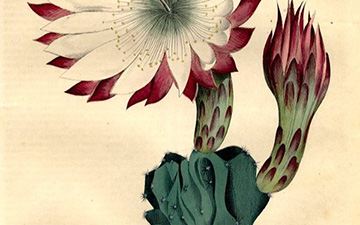
DARWIN DECK BETA | 1 POINTS
• Galapagos to Auckland
Warm, Hot
Graphic by Admiral Ackbar
Opuntia echios is a species of plant in the Cactaceae family. It is endemic to the Galápagos Islands (Ecuador) and is commonly known as the Galápagos prickly pear, but there are five other species of prickly pears that also are endemic to the archipelago (O. galapageia, O. helleri, O. insularis, O. megasperma and O. saxicola). There are five varieties of Opuntia echios, each with a different appearance and distribution: Opuntia echios var. echios on the islands of Santa Cruz,Baltra, Daphne […] read more